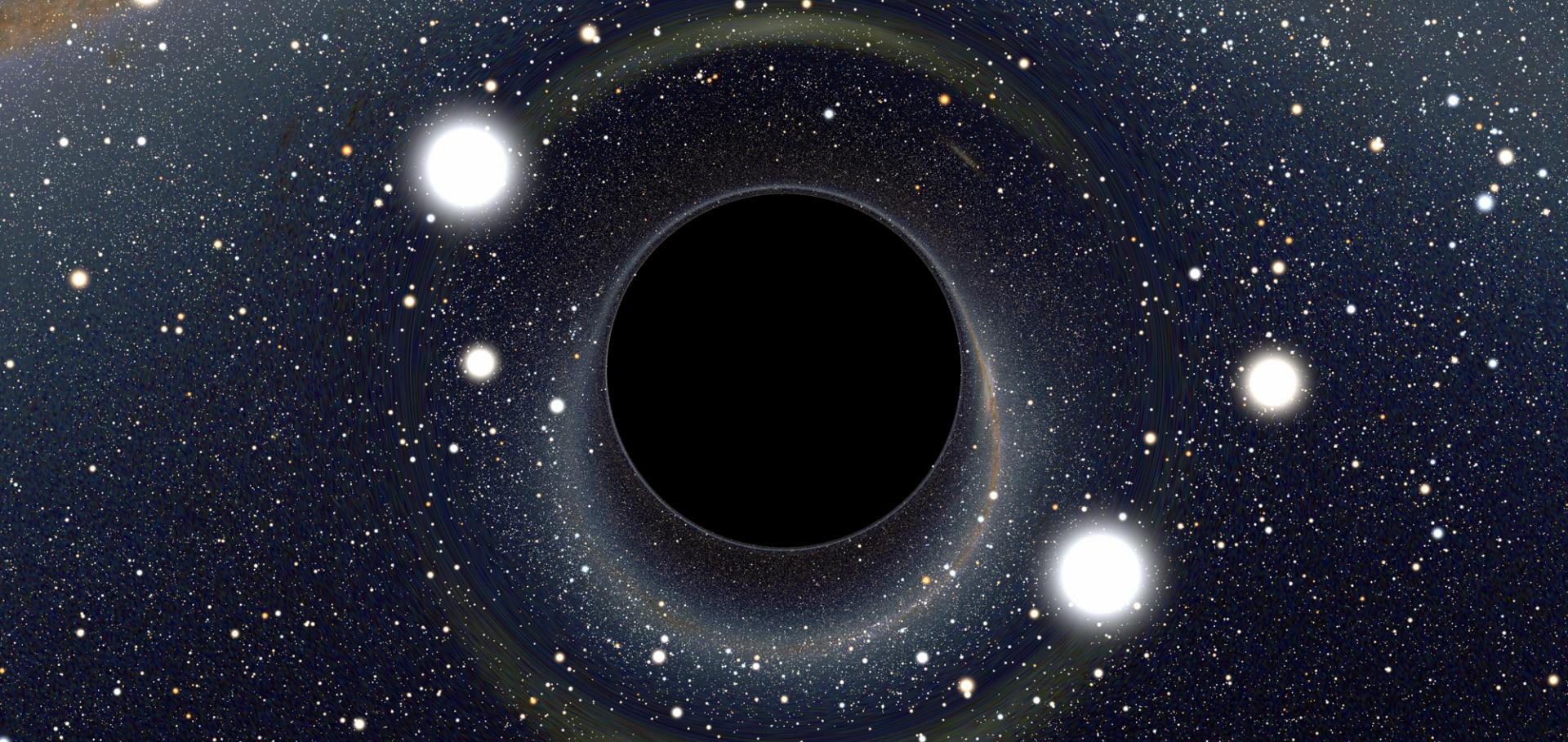The supernova CSS121015:004244+132827: a clue for understanding super-luminous supernovae
(2013)
Detection of an outburst one year prior to the explosion of SN 2011ht
(2013)
The first month of evolution of the slow rising type II-P SN 2013ej in M74
(2013)
Comparison of progenitor mass estimates for the Type IIP SN 2012A
Monthly Notices of the Royal Astronomical Society Oxford University Press (OUP) 434:2 (2013) 1636-1657

